Shibuya Art Guide - Visiting 10 Art Spaces in the Ever Evolving Heart of Tokyo
Shibuya Scramble Crossing
Known for its fashion, music, and youth culture, Shibuya is an area with numerous large commercial facilities in recent years. It is undergoing massive development, often referred to as a once-in-a-century transformation. The area around Shibuya Station is constantly evolving through redevelopment projects.
This time, we will introduce art spaces in the Shibuya area. The route starts from Yoyogi-Hachiman and Yoyogi-Koen stations, passes through Komaba-Todaimae Station, and explores the vicinity of Shibuya Station. For those who find it challenging to visit everything in one day, it is recommended to follow your favorite venues through the web version login or the TAB app. The app will notify you of the opening and closing of exhibitions held at those venues via push notifications.
Check here for a list of area-specific art guide articles in Tokyo.
Vacant/Centre
Vacant/Centre is an art space located near the Yoyogi-Hachiman and Yoyogi-Koen stations. In 2021, it relocated from Harajuku to its current location. The exhibition space has a calm atmosphere with a beige color scheme, blending Japanese and Western influences. Previously, they organized exhibitions such as Hideki Makiguchi’s Place | Appearance and Magdalena Skupinska’s Aftertime, the latter being part of an artist-in-residence program.
Yusuke Nagai, the director of the space, is responsible for planning, graphics, design of the exhibition space, and exhibition setup. The exhibitions are carefully crafted through extensive discussions with the artists over an extended period. We recommend visiting to experience these meticulously created exhibitions.

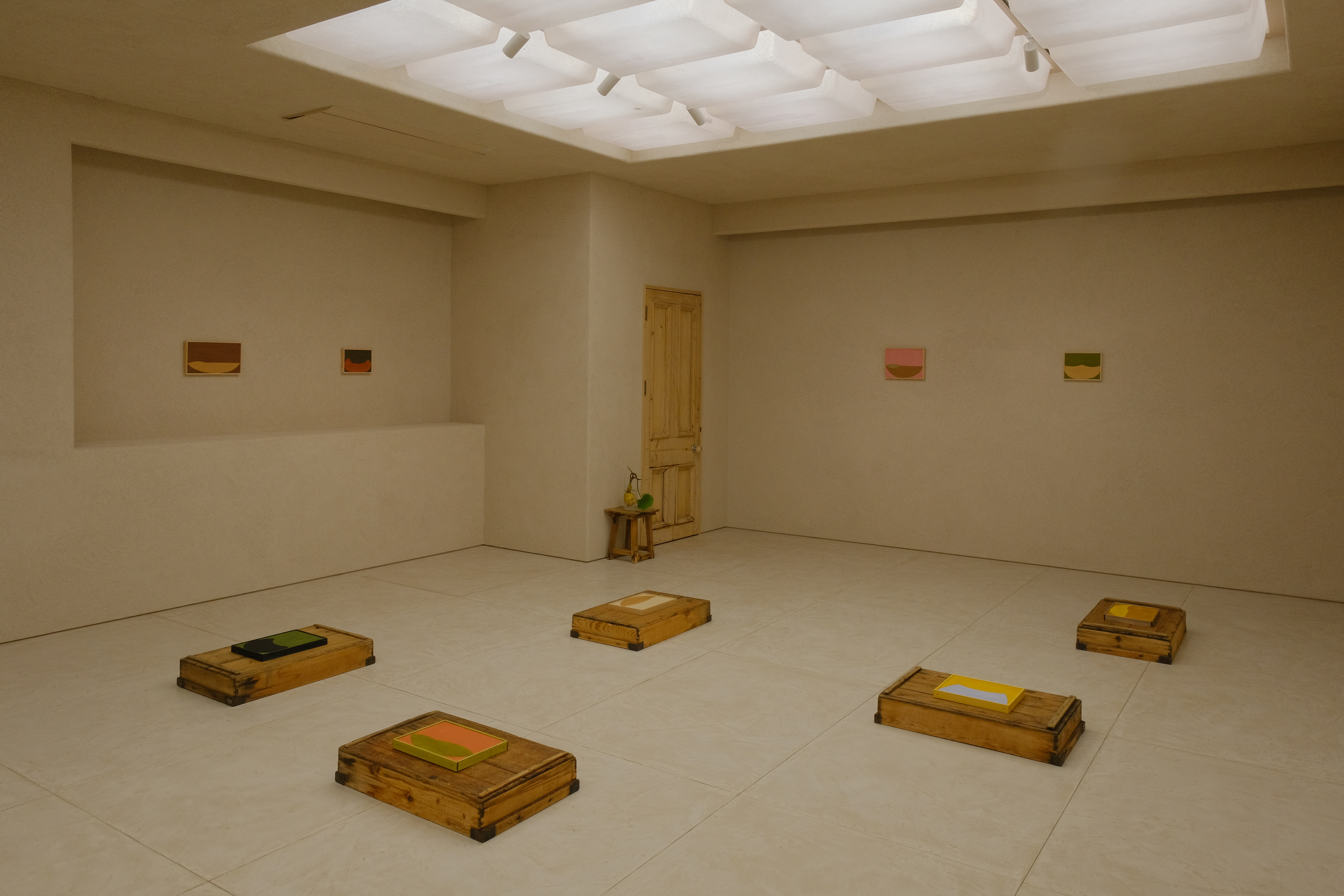
Contrast
A few minutes walk from Yoyogi-Hachiman and Yoyogi-Koen stations, you’ll find Contrast, operated by the design studio In Focus. To reach it from Vacant/Centre, cross the Odakyu Line tracks and enter a narrow alley. The exhibition space, consisting of “Lounge,” “Studio,” and “Gallery,” is housed in a renovated 45-year-old building, with “reconstruction” as its concept. They have hosted exhibitions such as Bogdan Saurediak’s Memory in Motion: Architecture of Perseverance, Ray Kunimoto’s Silent Rain, and Luigi Honorat’s Absences. Contrast actively showcases a broad range of contemporary art, with a focus on emerging artists from both Japan and abroad.
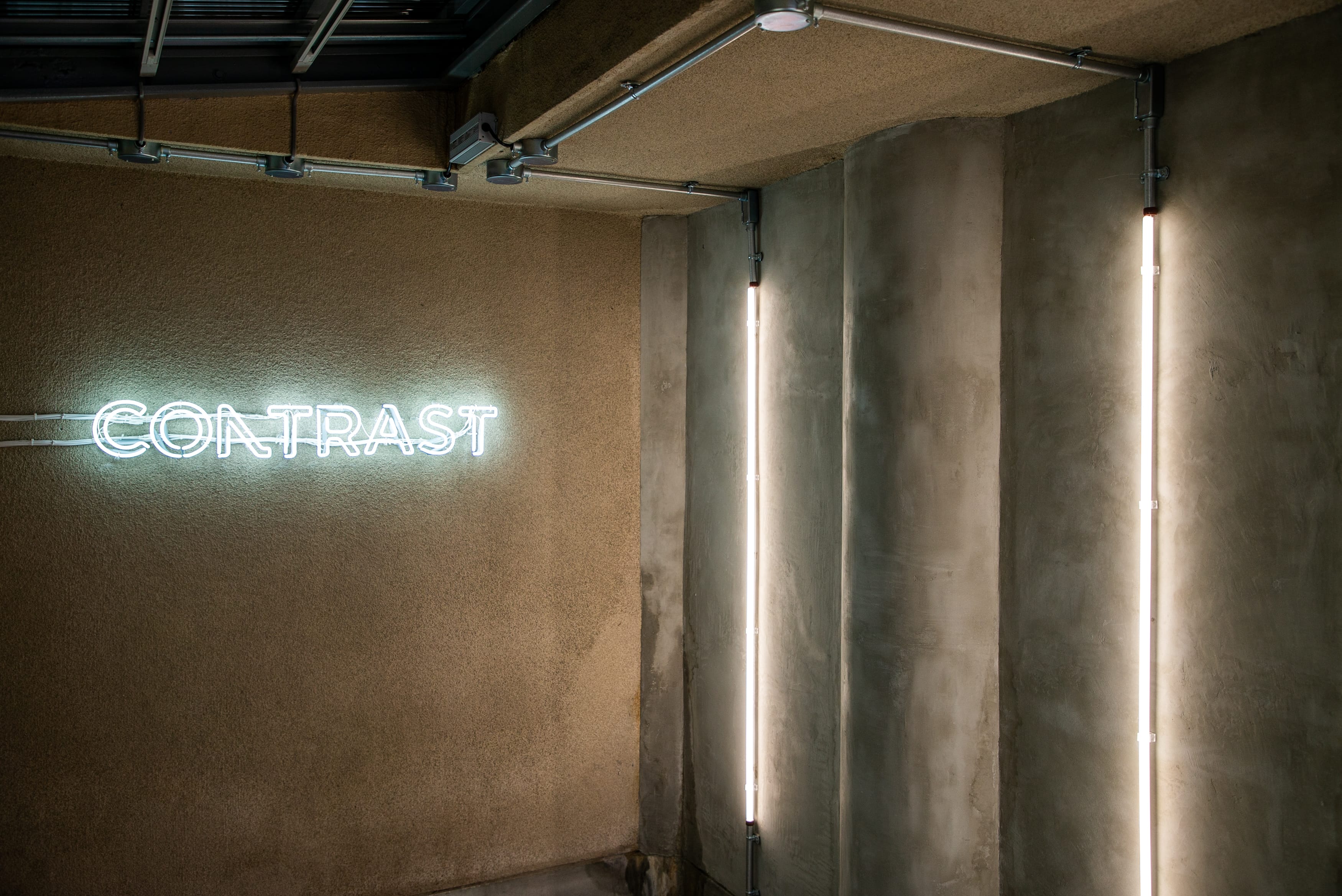

Japan Folk-Craft Museum
Let’s take a slight detour from Shibuya and head towards Komaba. The next location is the Japan Folk-Craft Museum, located just behind the University of Tokyo’s Komaba Campus. The museum was established in 1936 by Soetsu Yanagi, a proponent of folk crafts. The wooden structure was designed by Yanagi and has been designated as a Tangible Cultural Property (building) by the Tokyo Metropolitan Government. In recent years, they have hosted exhibitions such as Sacred Statues - Sculptures Selected by Soetsu Yanagi, Celebrating the 100th Birthday of Samiro Yunoki, and The Standard of Beauty - Creation by Yanagi’s Aesthetic Eyes.
The museum’s collection, curated by Yanagi, features exceptional pieces essential for understanding Japanese folk crafts. Not only the artworks but also the exhibition spaces, designed to maximize the beauty of the exhibits, are worth noting.
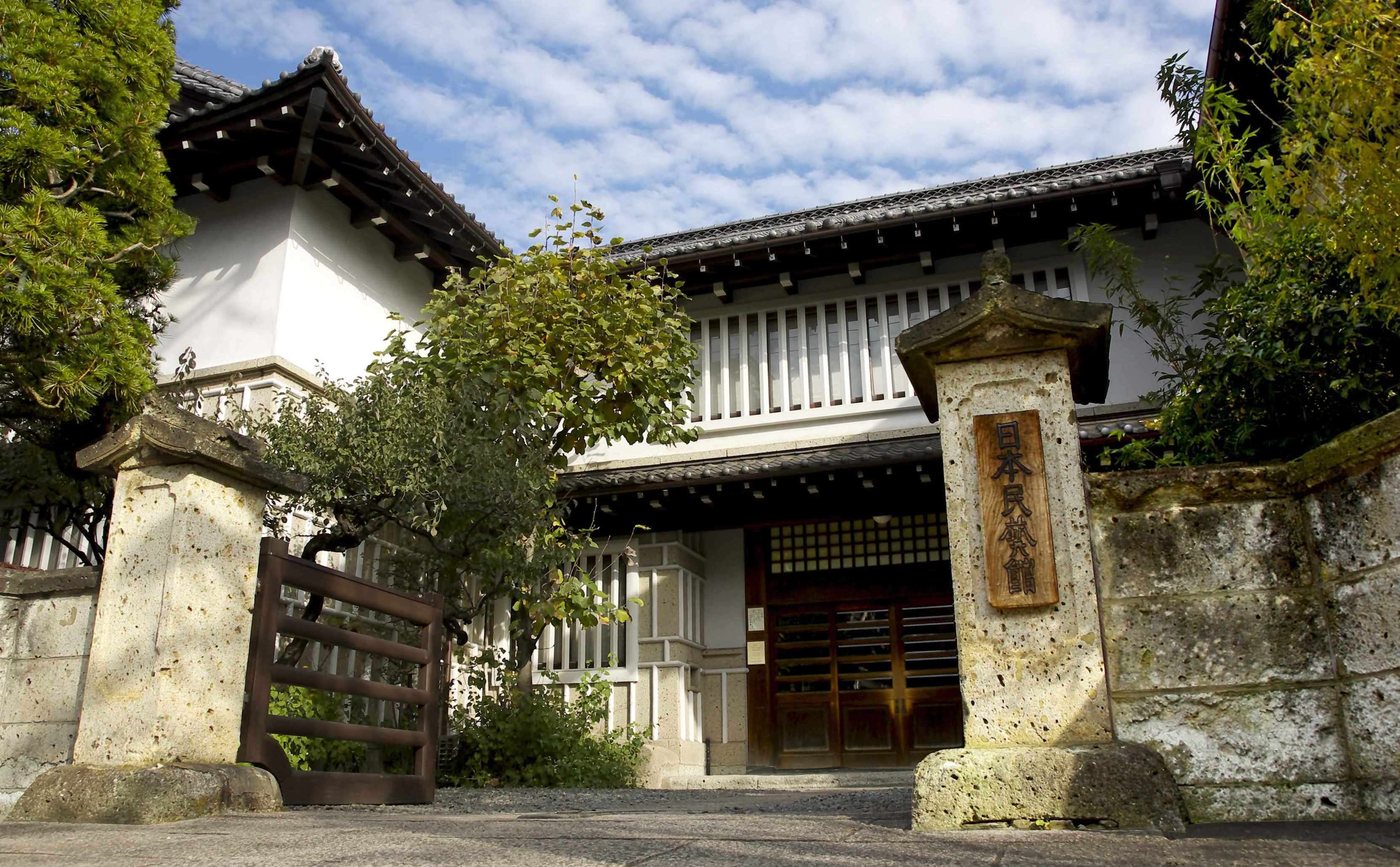
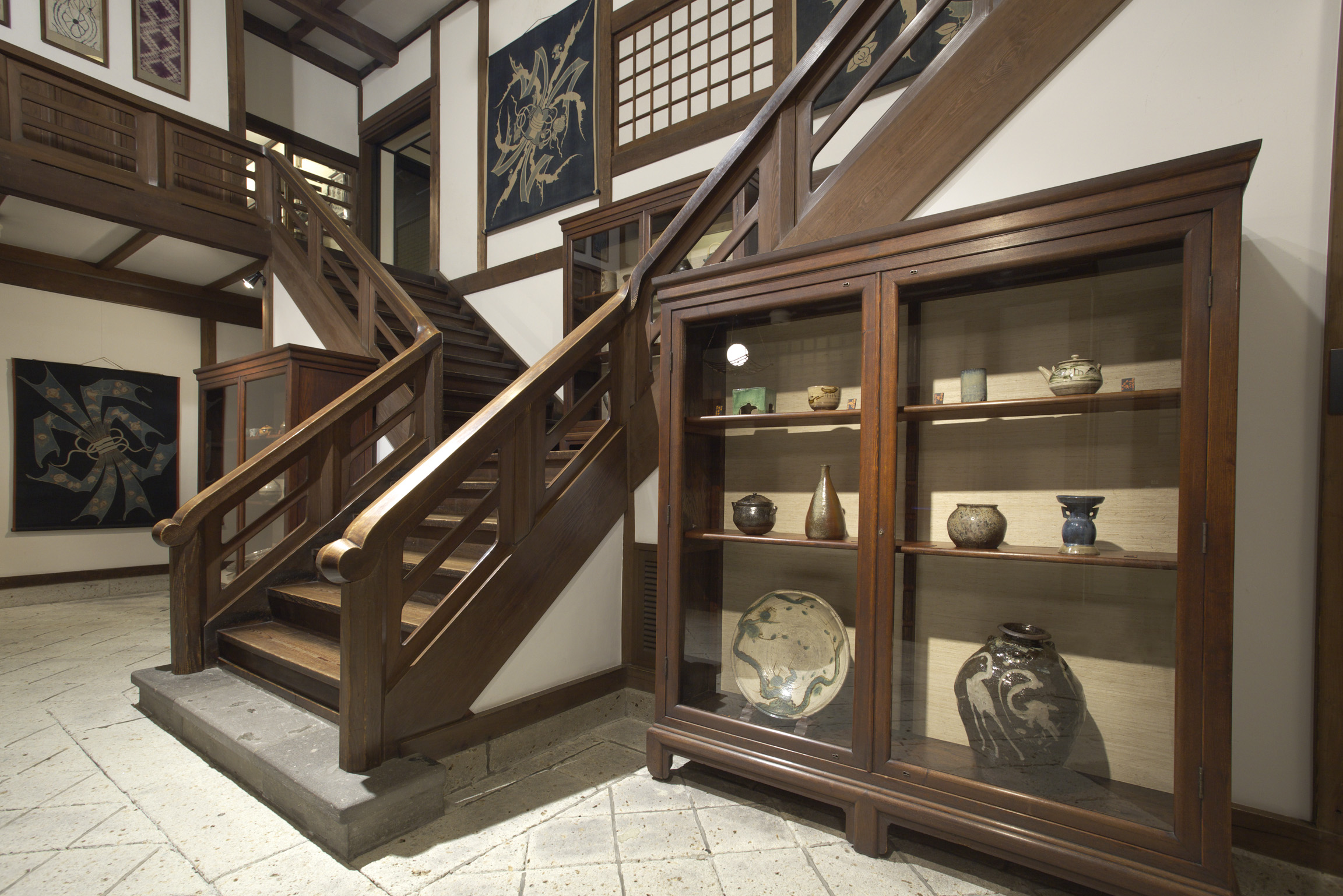
The Shoto Museum of Art
Let’s move from Komaba towards Shibuya Station. The Shoto Museum of Art is just across Yamate-dori Avenue in one of Japan’s premier upscale residential neighborhoods. The building, with its distinctive facade highlighted by walls and roof, was designed by Seiichi Shirai. The stone used on the exterior is called “Kounseki,” a light pink stone named by Shirai.
The exhibitions at the museum consist of four annual special exhibitions, open competitions, and salon exhibitions. In recent years, they have organized projects ranging from Hiroshi Sugimoto’s Honkadori Azumakudari to The Infinite World of Japanese Dolls: From Religious Icons to Works of Art, The Power of Clothing; History of Cross-Dressing in Japan, and This is Sirai Seiichi. One of the distinctive features is the museum’s exploration of diverse themes beyond the confines of traditional art.


Parco Museum Tokyo
Exit The Shoto Museum of Art and proceed through Udagawacho, where apparel and dining establishments line the streets, after passing the Tokyu Department Store. You’ll find the Parco Museum Tokyo on the fourth floor of the renovated Shibuya Parco, which reopened in the fall of 2019. They have hosted solo exhibitions like Dead Corpus by Rintaro Fuse and Yabu In by Yuta Orisaka, as well as annual exhibitions like P.O.N.D. starting in 2020. Additionally, on the basement floor, there is the art space Gallery X, and on the second floor, you’ll find Oil by Bijutsutecho and Nanzuka 2G. When you visit, consider exploring these spaces as well.
Tokyo Shibuya Koen-dori Gallery
Across from Shibuya Parco, on the opposite side of the intersection, you’ll find the Tokyo Shibuya Koen-dori Gallery. Here, you can see numerous works of Art Brut. Art Brut, in French, means “raw art” and refers to works created by individuals who have not received formal art education. In recent years, they have organized exhibitions such as Dear Stories: Tales and Talks, Imaginative Drawings in Monochrome, and Ways of Telling.
One notable feature of this gallery is its openness to a diverse range of visitors. They offer various information services at the venue, including audio guides accessible via QR codes. Additionally, there is a lot of online content, such as podcasts, making it a gallery worth checking out, even for those who find it difficult to visit in person.


Civic Creative Base Tokyo [CCBT]
Just to the right after leaving the Tokyo Shibuya Koen-dori Gallery, on the basement 2nd floor of the Shibuya Tobu Hotel, you’ll find Civic Creative Base Tokyo [CCBT]. This space, opened in October 2022 by the Tokyo Metropolitan Government and the Tokyo Metropolitan Foundation for History and Culture, aims to unleash people’s creativity in society through art and digital technology. Previous exhibitions include Media Art Studies 2023 ‘Playing with Your Eyes’ Directed by Toshio Iwai and Embodiment++ by Mplusplus.
Unlike traditional museums or galleries, CCBT is equipped with spaces like labs and studios. These facilities are not only available to creators but also to the “civic” community. One notable feature is the openness of the creation process through talk events and workshops. The diverse programs focusing on creative production using digital technology are also worth paying attention to.


Sai
When you pass under the elevated tracks of the Yamanote Line from the Jinnan area, on your right, you will find Miyashita Park, which opened in 2020. On the third floor of Miyashita Park is Sai, an art gallery. Since its opening, Sai has hosted exhibitions such as Joseph Beuys’ Beuys Posters 2021, Kyne’s Kyne Tokyo 2, Ryuichi Ishikawa’s The Inside of Life, and Shawanda Corbett’s Down the Road.
Sai is unique compared to typical galleries as it is situated within a multifaceted facility that includes apparel shops and restaurants. Shunsuke Kimura, the gallery owner, says, “Unlike traditional galleries, Sai is a space within a complex facility that includes apparel and restaurants. I believe it serves as a place to expand the possibilities of art, influencing a wide range of people, whether or not they are interested in art.”
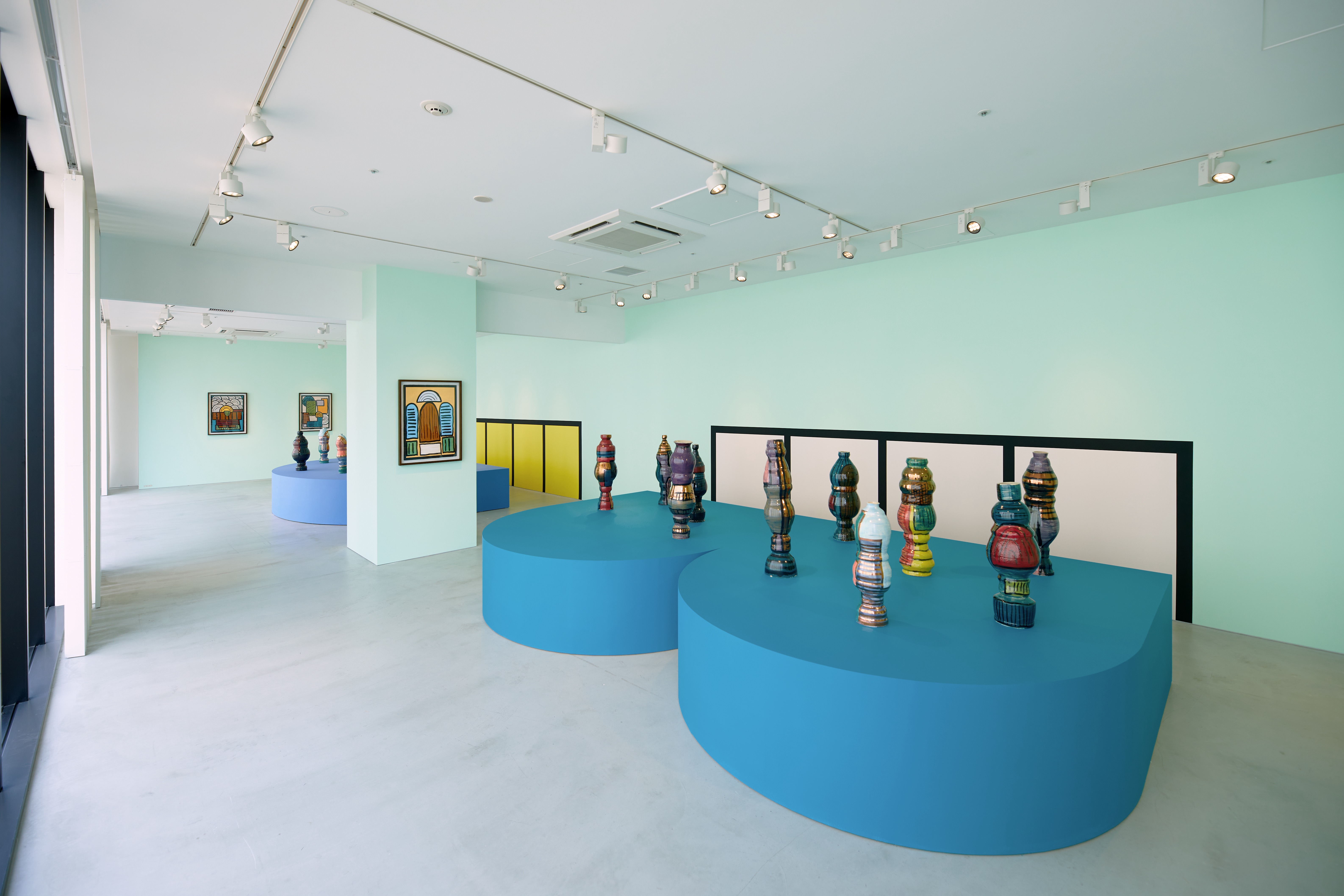
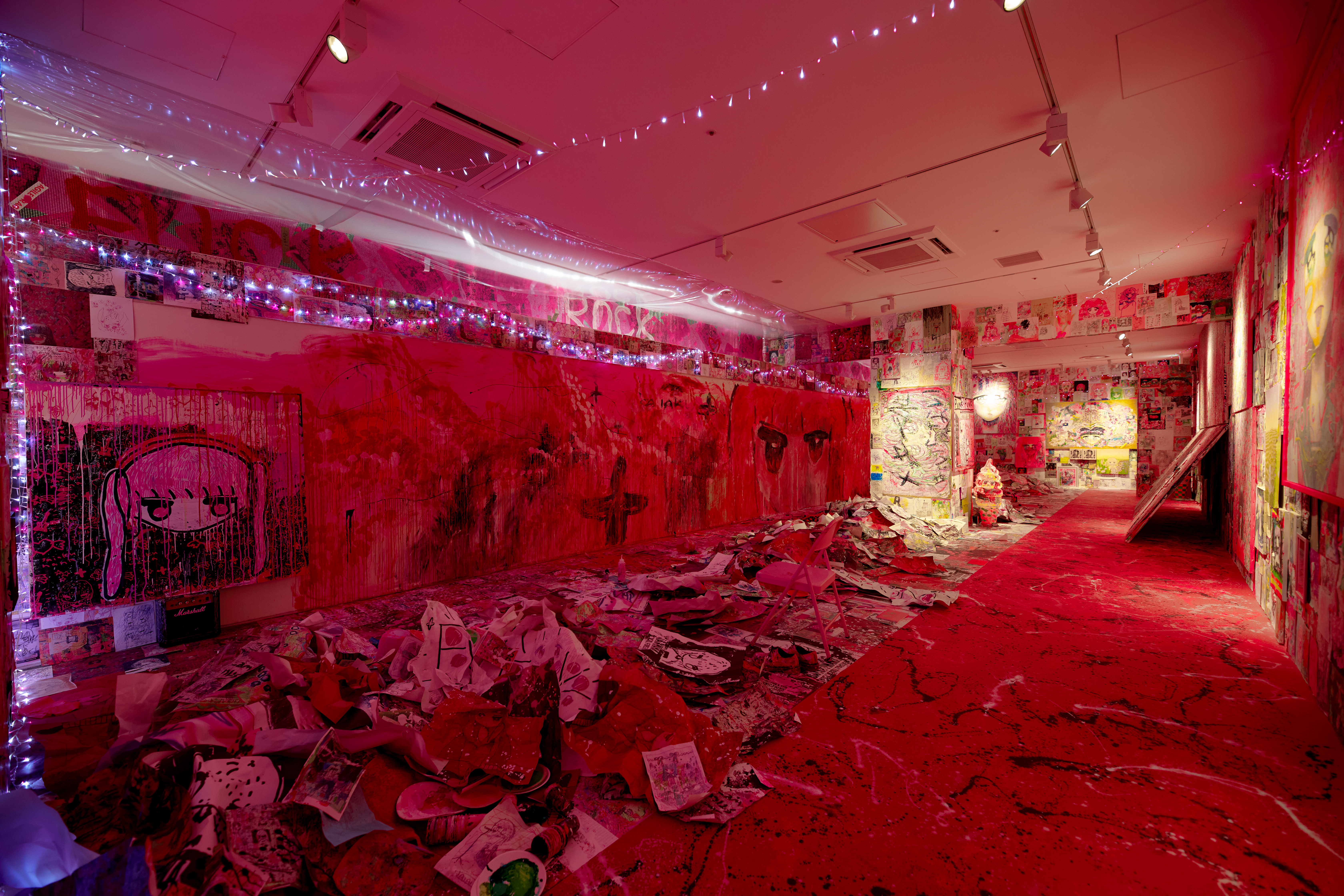
Diesel Art Gallery
Across the intersection from Miyashita Park, on the basement floor of a building that houses Human Trust Cinema Shibuya and other establishments, there is a store of the Italian fashion brand Diesel. The Diesel Art Gallery lies at the back of the store. This gallery actively showcases works of emerging artists and avant-garde pieces. In recent years, they have hosted solo exhibitions such as Joseph Lee’s Pleasure in the Pathless Woods, Yuma Kishi’s The Frankenstein Papers, and Jun Inagawa’s Born in the Madness. The gallery’s closing days coincide with the store’s closing days, so it’s worth dropping by when you happen to be in Shibuya.

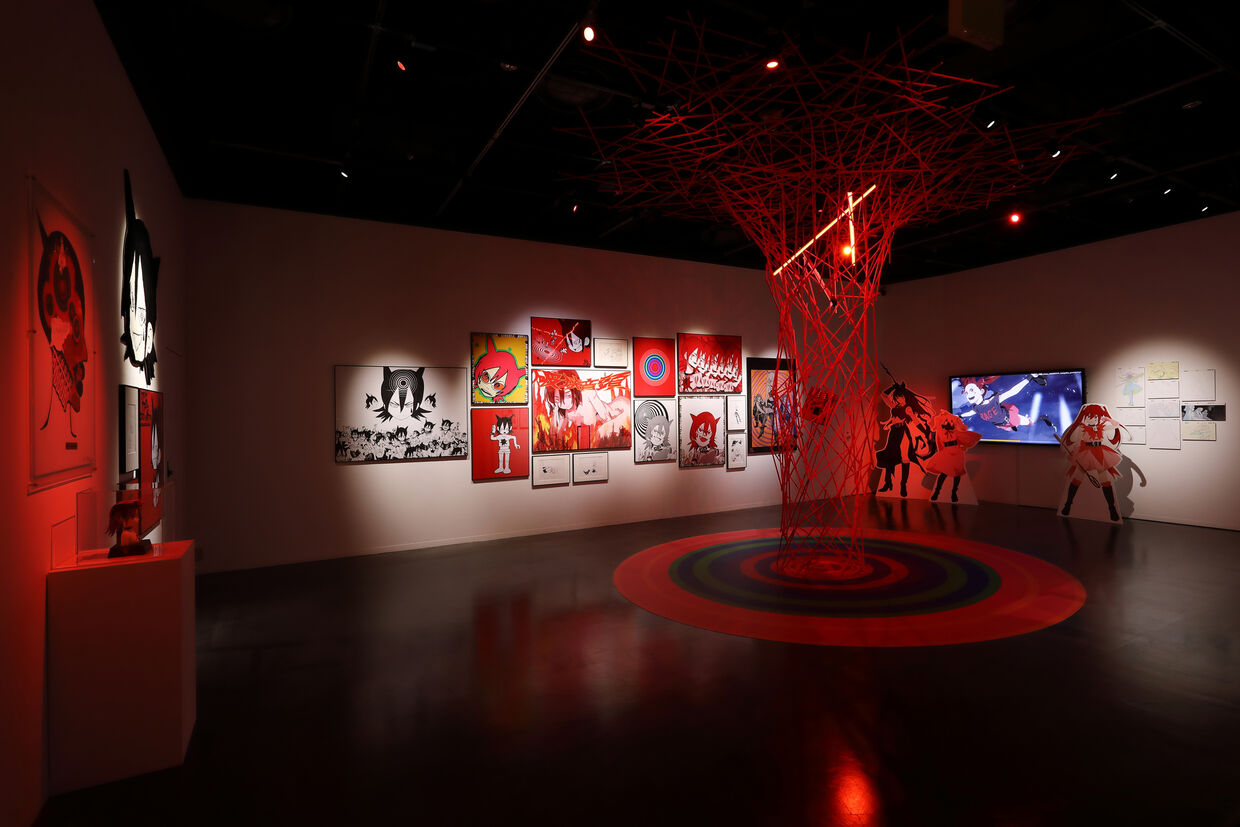
Totodo
Finally, let’s introduce the secondhand bookstore Totodo. Located in the Uguisudani area, between Cerulean Tower in the Sakuragaoka area and Daikanyama Station, this bookstore specializes in secondhand books related to art, photography, design, architecture, and more.
The exhibitions take place in the attached gallery space. Regarding the distinctive features of the exhibitions, staff member Owada commented, “We strive to present exhibitions that leverage the characteristics of a secondhand bookstore.” The focus of the exhibitions is primarily on printed materials and displays related to books. In recent years, exhibitions such as Naotsugu Yoshida and Kaoru Yoshida’s Cheren-bel: Before and Long After, Chihiro Akino’s Books and Hammers, and Aona Hayashi’s Kuromono have been held.
Aside from the exhibitions, the store's main attraction may be its extensive collection of books considered modern and contemporary classics. When visiting Shibuya or Daikanyama, this is undoubtedly an art space worth stopping by.





